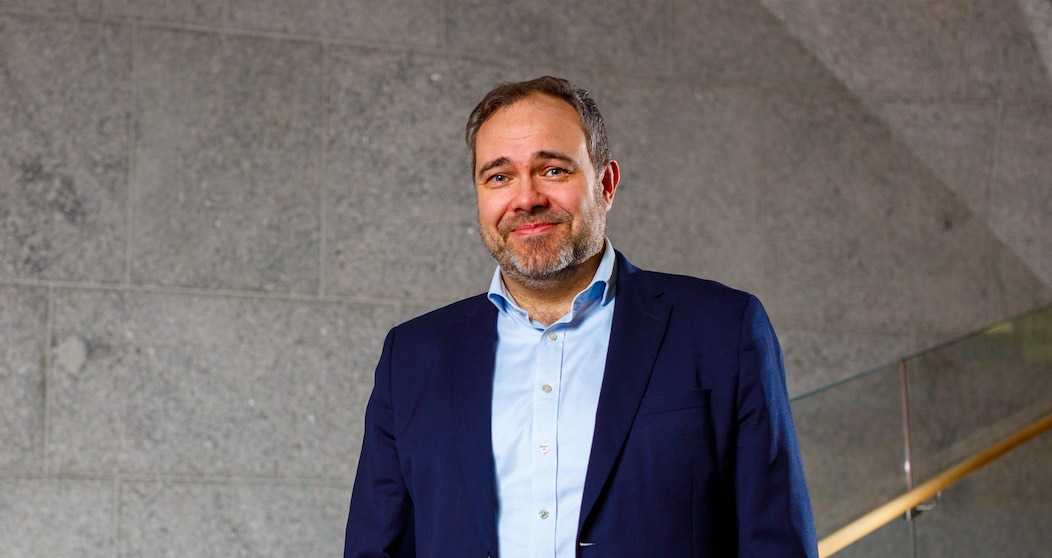By Hamlin Lovell, NordicInvestor
This article is a part of our 2021 Nordic Insurance Report. The full report can be found here
OP Financial Group, owned by its customers, is Finland’s largest financial services group, with three business segments: Retail Banking, Corporate Banking and Insurance. NordicInvestor interviewed Tomi Viia, who runs a team managing EUR 11.5 billion of insurance assets. The team is responsible for strategic asset allocation, asset/liability management and tactical asset allocation.
The Pandemic: Remote Working, Volatility and New Manager Engagement
Investment governance adapted to remote working and market volatility: “Working from home we developed new routines and ways of working, spending the whole day in teams -meetings. This did not delay our decision making because we talk in chatrooms instead of in person, which also created more structured dialogue. The market volatility in the spring of 2020 was a very busy time when we prioritized daily communication of risk and portfolio management to the board and senior management. There was only a brief window of opportunity to buy assets at bargain valuations. We spent a bit less time meeting new managers and spent more attention on existing ones. Now everyone is waiting to get back to the office, and we expect communication will be easier in person”.
A Lower for Longer World – Liquidity and Cash Management
Negative rates cannot be avoided: “For short term cash and liquidity management, we have to live with negative rates of around minus 0.5% on bank deposits. Short term government bonds would be even more negative. We have to hold liquid assets to meet our liquidity stress tests. To earn more yield, we have used alternatives as much as possible and diversified into private credit, taking a diversified approach”.
Strategic and Tactical Asset Allocation -selectively adding to equities, staying diversified in credit
“We have added to listed equities, which have had a tremendous year so far. Some pockets are expensive, but we can also find reasonable valuations. Credit is expensive, but it is also backed by central bank buying so we do not see much room for spread widening. Diversification is our way to tackle default risk”.
Prepared for the risk of higher interest rates and inflation
Investments should be able to weather changes in the macroeconomic climate: “As Euro currency investors, we are prepared for a small increase in interest rates, some yield curve steepening, and inflation. Our inflation hedges include real estate, infrastructure and equities. But we still have a modest outlook for growth and inflation for coming years.”
In house versus external management
“Most of the fixed income portfolio is managed in house: European credit and government bonds, investment grade, high yield and emerging market debt. We also have some active external managers for high yield and emerging market debt”.
Active versus passive management
“For equities, we manage passive strategies in house, in more efficient markets where it is harder to find alpha. We are more active in the Nordics, as well as some global and emerging market mandates. We also have some specialized ESG managers”.
ESG
Regulation, data and climate transition are key priorities: “ESG priorities are partly driven by new EU regulations, such as the Taxonomy and SFDR (Sustainable Finance Disclosure Requirement). There is also an ongoing drive to gather more and better data for reporting. The climate crisis is a challenge and governments are running out of time. We need to allocate more capital to these areas to make more drastic changes. We need to make sure portfolios and exposures are future proof. We are asking external managers about their climate risks, to make sure we are more future proof”.
Data: carbon reporting
Coverage is growing but there is still room for improvement: “We are reporting carbon intensity and carbon emissions for our listed equities and corporate bonds. We are collecting more data on alternative investments, but there is a huge data challenge in those investments”.
Impact investing and real estate
“In real estate, we have more control. We have set targets for zero emissions by 2030, and make sure investments are made in insulation, electricity, heating, and so on. This is much more concrete and has direct impact”.
Solvency II Framework and Reforms
Solvency II rules are affecting allocations: “Private equity and hedge fund allocations have gone down, due to Solvency II capital requirements. Luckily coming changes in Solvency II will make it less capital intensive on the long term investing in Equities.”
Outlook
“It has been such a good investment period we are now worried about future returns as economies open up. There is a lot of good outcomes already priced in”.



